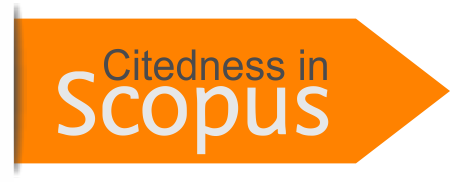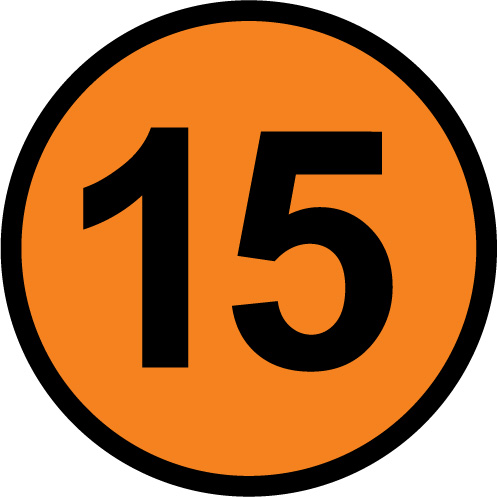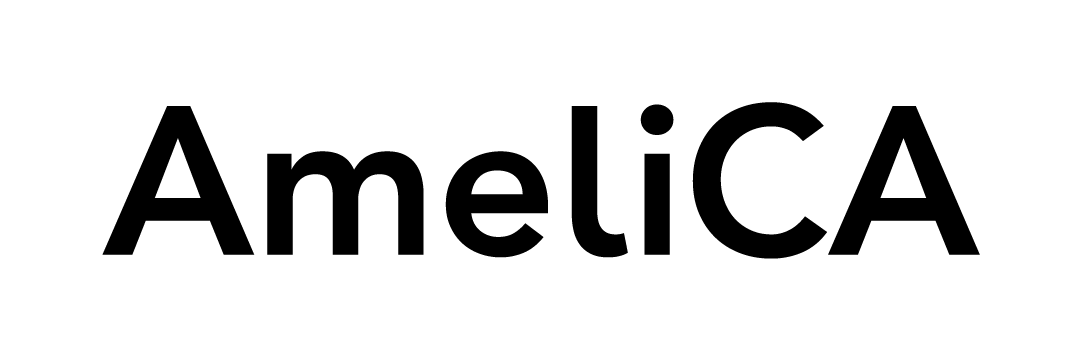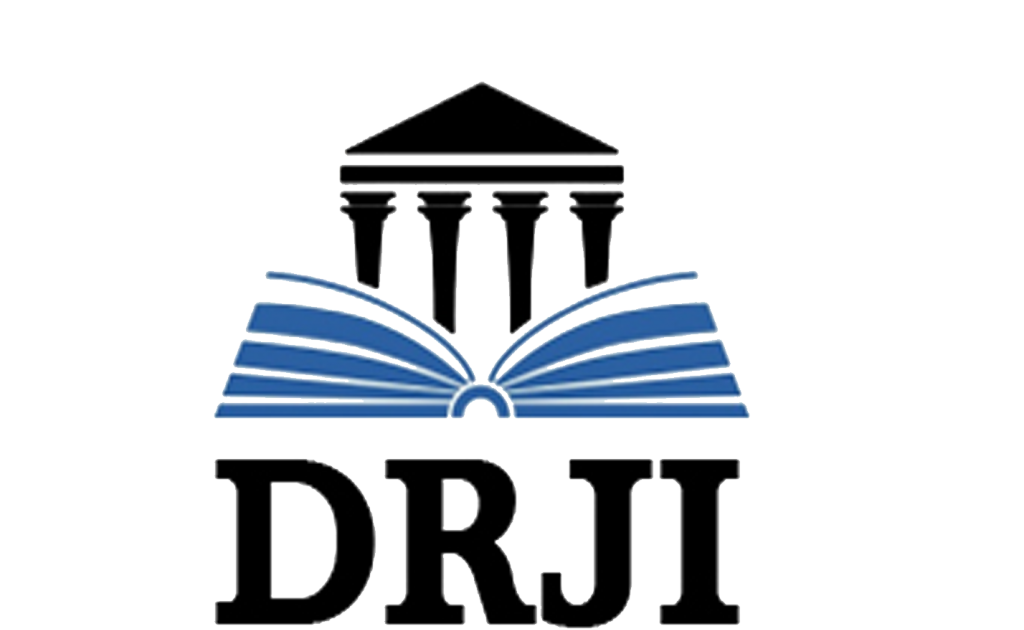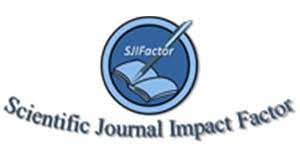Antimicrobial activity of Cassia grandis L. f.
DOI:
https://doi.org/10.53591/rug.v122i1.452Keywords:
Cassia grandis L, antimicrobial and antifungal activity, a gar difusión method, Antioxidant activity, streptomycin sulfateAbstract
Antimicrobial and antifungal activity in vitro was investigate by agar diffusion method, the methanol extracts, ethanolic and aqueous-alcoholic fruit of Cassia grandis L, known as fistula cane in the Ecuadorian coast, belonging to the family Leguminosae, collected on the premises of the Citadel "Salvador Allende" University of Guayaquil. The microorganisms used, from the Microbiology Laboratory were: Klebsiella pneumoniae, Mycobacterium smegmatis, Pseudomonas aeruginosa, Escherichia coli, Salmonella enteritidis. Salmonella typni, Salmonella gallinarum, Staphylococcus aureus and Proteus vulgaris. The positive control was Streptomycin Sulfate. Alkaloids, antnraquinones, fixed oils and essential, antnraquinones, coumarins, steroids, flavonoias, cyanogenic glycosides ana cardiac, Triterpenoids, tannins ana saponins sesquiterpenlactones: a phytochemical study was further conduct. Proteus vulgaris, Staphylococcus aureus and Salmonella enteritidis: antimicrobial action was found. Significant evidence for saponin, tannins and alkaloids anthraquinones lesser extent, followed by glycosides, flavonoids and
sesquiterpene lactone was found.
References
AV Toruan-Purba. Cassia Linn. Es: de Papúa LS, Bunyapraphatsara N, Lemmens RHMJ, editores. Recursos Vegetales de Asia Sur-Oriental. No.12 (1): medicinales y plantas venenosos. Leiden, Holanda: Backhuys Editorial; 1999. p. 181-5.
Barrese Pérez Y, Hernóndez Jiménez ME. Tamizaje fitoquímico Galindo A, Ruiz A, Moreno A. Actividad antimicrobiana in vitro de angiospermas colombianos. Rev. col. Cienc. Quím. Farm 1998; 27:47-51
Irwin HS & Barneby RC. 1982. The American Cassiinae. A synoptical revision of Leguminosae tribe Cassieae subtribe Cassiinae in the New
World. Memoirs of the New York Botanical Garden. 35(2): 634- 635.
Janick J, Poull RE, 2008. The encyclopedia of fruit & nuts [ed. by Janick, J.PauII, R. E.]. Wallinqford, UK: CABI, xviii + 954 de la droga cruda y extracto fluido de la Guacamaya francesa. Rev Cubano Plant Med. 2002;7(3):2.
Benjamin TV, Lamikanra A. Investigation of Cossio olota, a plant used in Nigeria in the treatment of
skin diseases. Q J Crude Drug Res 1981 ;19:93-6)
Caceres A, Lopez BR, Giron MA, Logemann H.PIants14.used in Guatemala for the treatment of dermatophyticinfections. Screening for
antimycotic activity of 44 plant extracts. J Ethnopharmacol 1991 ; 31 (3): 263- 76.
Caceres A. et al. Plants used inGuatemala for the 13.treatment of dermatophytic infections. Evaluationof antifungal activity of
seven American plants. J Ethnopharmacol 1993: 40(3): 207-13. y del extracto acuoso de Cassia grandis y Cassia occidentalis
Duraipandiyan V, Ayyanar M, Ignacimuthu S. Antimicrobial activity of some ethnomedicinal plants used by Poliyar tribe from Tamil Nadu,
Inaia. BMC Complement Altern Med 2006 Oct 17; 6: 35
Published
How to Cite
Issue
Section
License

This work is licensed under a Creative Commons Attribution-NonCommercial-NoDerivatives 4.0 International License.

This work is licensed under a Creative Commons Attribution-NonCommercial-NoDerivatives 4.0. International License.
You are free to:
- Share — copy and redistribute the material in any medium or format
- The licensor cannot revoke these freedoms as long as you follow the license terms.
Under the following terms:
- Attribution — You must give appropriate credit , provide a link to the license, and indicate if changes were made . You may do so in any reasonable manner, but not in any way that suggests the licensor endorses you or your use.
- NonCommercial — You may not use the material for commercial purposes .
- NoDerivatives — If you remix, transform, or build upon the material, you may not distribute the modified material.
- No additional restrictions — You may not apply legal terms or technological measures that legally restrict others from doing anything the license permits.





